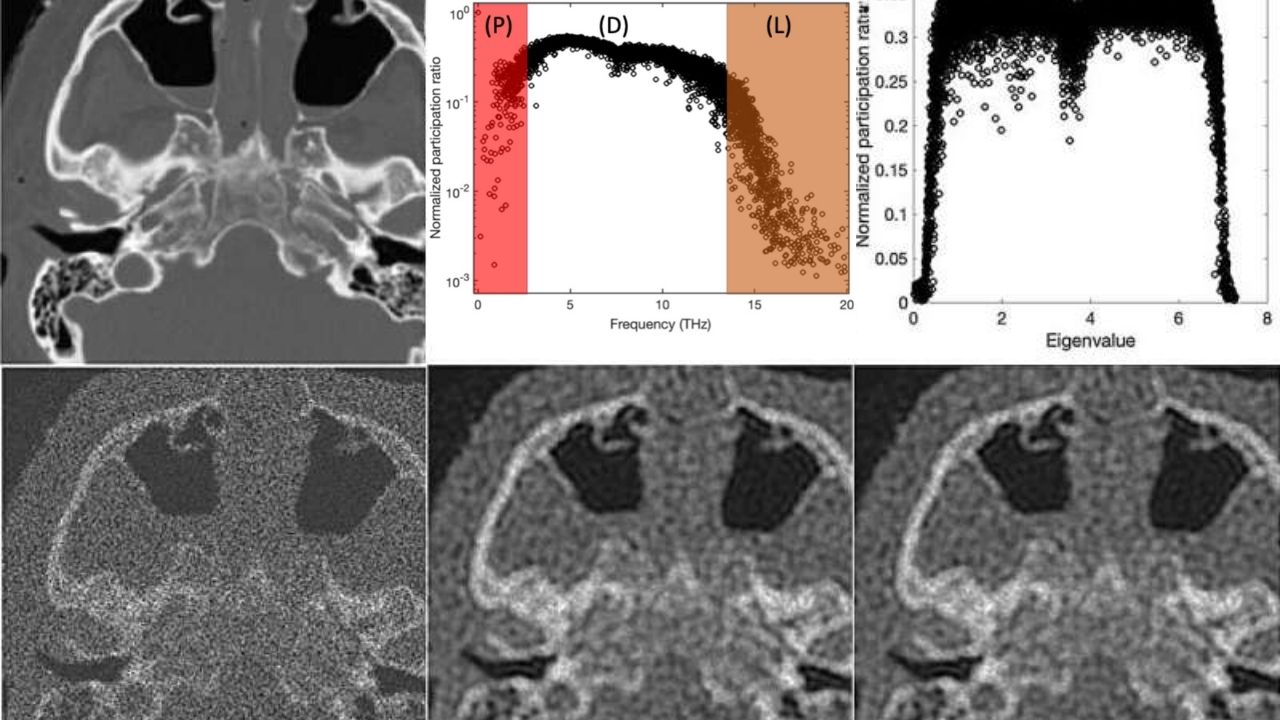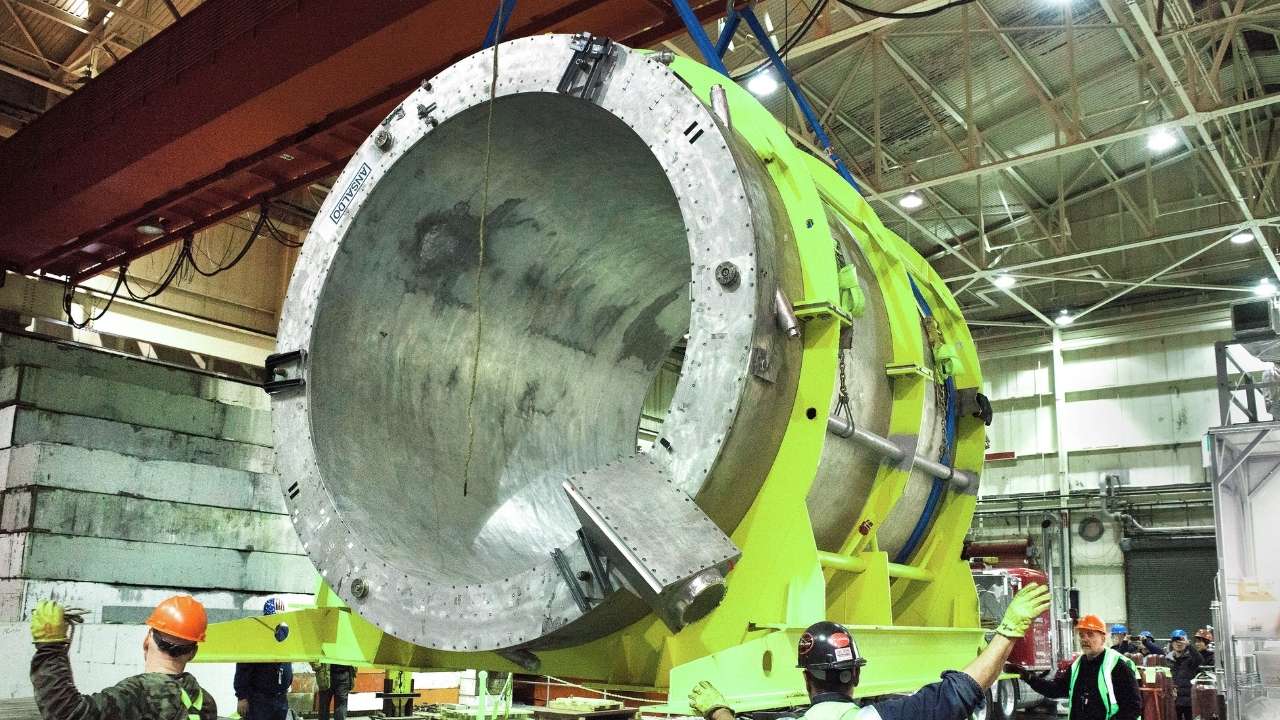In a landmark move for national security and space technology, Boeing has secured a $2.8 billion contract to deliver the first two satellites of the Evolved Strategic Satellite Communications (ESS) program for the US Space Force. This pivotal contract, awarded in July 2025, underscores the United States’ commitment to maintaining secure, reliable, and advanced communication capabilities for its most critical defense operations.

The ESS program is designed to modernize and safeguard the nation’s nuclear command, control, and communications (NC3) infrastructure. With this contract, Boeing is tasked with developing satellites that will serve as the backbone for secure communications between the President, top military leaders, and strategic forces—especially during times of crisis or conflict. Whether you’re a curious student, a defense industry professional, or simply interested in the future of space technology, this article will guide you through the significance, technology, and impact of the ESS program.
Boeing Secures $2.8B ESS Satellite Contract for US Space Force
| Feature/Detail | Information |
|---|---|
| Contract Value | $2.8 Billion |
| Awarded To | Boeing |
| Award Date | July 2025 |
| Program Name | Evolved Strategic Satellite Communications (ESS) |
| Purpose | Secure, survivable communications for strategic missions and nuclear command/control |
| Satellites Covered | 2 initial satellites, with options for 2 more (total possible: 4) |
| Delivery Timeline | First satellite by 2031, contract runs through December 2033 |
| Replaces | Advanced Extremely High Frequency (AEHF) constellation |
| Orbit | Geostationary (about 22,000 miles above Earth) |
| Key Capabilities | Enhanced resilience, anti-jam, cybersecurity, global and Arctic coverage |
| Official Source | U.S. Space Systems Command |
The Boeing $2.8B ESS satellite contract for the US Space Force marks a new era in secure, resilient military communications. By delivering advanced satellites capable of withstanding modern threats, Boeing and the US Space Force are ensuring that America’s leaders and strategic forces can always stay connected—no matter the challenge. The ESS program is a testament to the power of innovation, collaboration, and unwavering commitment to national security.
Understanding the ESS Program
What Is the ESS Program?
The Evolved Strategic Satellite Communications (ESS) program is the US Space Force’s next-generation solution for secure, always-available satellite communications. ESS is set to replace the aging Advanced Extremely High Frequency (AEHF) satellites, which have been the cornerstone of strategic military communications for over a decade.
ESS satellites are engineered to withstand the most advanced threats, including cyberattacks, jamming, and even physical attacks in space. Their mission is to guarantee that the United States’ most vital communications remain operational, regardless of what adversaries may attempt.
Why Is This Contract So Important?
- National Security: ESS satellites are a critical element of the US nuclear command, control, and communications (NC3) system. This system ensures that the President and top military officials can communicate and command nuclear forces at all times, even in the most extreme situations.
- Modernization: The ESS contract is part of a broader, multi-billion-dollar effort to modernize and future-proof US military communications, keeping pace with rapidly evolving threats and technologies.
- Resilience: The new satellites will offer unprecedented protection against jamming, hacking, and other forms of interference, making them far more robust than previous generations.
The Road to Boeing’s Selection
How Did Boeing Win the ESS Contract?
Boeing’s selection followed a rigorous, multi-year competition with other major defense contractors. The process began in 2020, when both Boeing and Northrop Grumman were awarded contracts to develop prototype ESS satellites. Over several years, these prototypes were tested for resilience, security, and technological innovation.
Boeing’s design ultimately prevailed due to its advanced security features, adaptability to emerging threats, and proven track record in military satellite communications. The company’s experience with the Wideband Global SATCOM (WGS) and O3b mPOWER systems provided a strong foundation for the ESS program.
The Technology Behind ESS
What Sets ESS Satellites Apart?
ESS satellites will introduce several groundbreaking advancements:
- Geostationary Orbit: By operating 22,000 miles above the Earth, ESS satellites maintain a fixed position relative to the ground, providing constant coverage over designated regions.
- Advanced Cybersecurity: These satellites use highly protected, classified waveforms and encryption technologies, making them extremely difficult to jam or hack.
- Global and Arctic Coverage: ESS is designed to provide secure communications not just globally, but also in the Arctic—a region of growing strategic importance.
- Resilience and Survivability: The satellites are built to survive both cyber and physical attacks, ensuring communications remain intact even during the most severe crises.
Why Is Geostationary Orbit So Crucial?
Satellites in geostationary orbit appear to “hover” over the same spot on Earth. This allows for uninterrupted, reliable communication links—essential for command and control during emergencies or military operations.

Practical Impact and Real-World Applications
How Will ESS Satellites Be Used?
- Presidential Communications: The satellites ensure that the President can always communicate securely with military leaders, even if other networks are compromised.
- Nuclear Command and Control: ESS supports the “nuclear triad”—the land, air, and sea-based nuclear forces—by providing secure links for command and control, which is vital for deterrence and defense.
- Strategic Military Operations: The system enables secure coordination of US and allied forces during major operations, especially in contested or hostile environments.
Example Scenario
Imagine a scenario where an adversary launches a sophisticated cyberattack to disrupt US military communications during a crisis. The ESS satellites, with their advanced anti-jam and cybersecurity features, would ensure that the President and military leaders can still communicate, issue orders, and maintain control over strategic forces—no matter what.
Step-by-Step Guide: How the ESS Program Works
1. Design and Development
- Boeing collaborates closely with the Department of Defense, integrating advanced technologies and protected communications protocols into the satellite design.
- The design process includes extensive simulations and threat modeling to ensure maximum resilience.
2. Production and Testing
- The satellites are constructed at Boeing’s state-of-the-art facilities, using the latest manufacturing techniques and materials.
- Each satellite undergoes rigorous testing, including simulated cyberattacks, jamming attempts, and environmental stress tests.
3. Deployment
- Once built and tested, the satellites are launched into geostationary orbit.
- Deployment includes integration with ground control stations and secure communication networks.
4. Operational Use
- The satellites become the backbone of daily strategic communications, supporting exercises, real-world missions, and crisis response.
- In the event of conflict or emergency, they ensure that command and control links remain operational, even if other systems fail.
5. Expansion and Upgrades
- The contract allows for two additional satellites, enabling the constellation to expand and adapt as threats evolve.
- Regular upgrades and software updates will keep the system ahead of adversaries’ capabilities.
Broader Implications for National Security and Industry
Strengthening Deterrence and Defense
The ESS program is not just about technology—it’s about strategic deterrence. By ensuring that the US can always communicate with its nuclear forces, the ESS satellites reinforce the credibility of America’s deterrent posture. This, in turn, helps prevent adversaries from considering any form of nuclear aggression.
Driving Innovation in the Space Industry
Boeing’s ESS contract is a major boost for the US space industry, supporting high-skilled jobs, advanced research, and technological innovation. The lessons learned and technologies developed for ESS will likely influence future commercial and military satellite systems.
International Collaboration and Security
While ESS is a US-led program, its secure communications capabilities can also support allied operations, enhancing interoperability and collective security in joint missions.
FAQs About Boeing Secures $2.8B ESS Satellite Contract for US Space Force
What is the ESS program?
The Evolved Strategic Satellite Communications (ESS) program is the US Space Force’s initiative to provide secure, resilient satellite communications for strategic military missions, replacing the AEHF system.
Who is building the ESS satellites?
Boeing was selected to design, build, and deliver the first two ESS satellites, with the option to build two more.
Why are these satellites important?
They ensure that the US President and military leaders can communicate securely at all times, especially during crises or conflicts involving nuclear forces.
When will the ESS satellites be ready?
The first satellite is expected to be delivered by 2031, with the contract running through December 2033.
How are ESS satellites better than previous systems?
ESS satellites offer enhanced anti-jam, cybersecurity, and resilience features, ensuring communications remain secure even in hostile environments.








